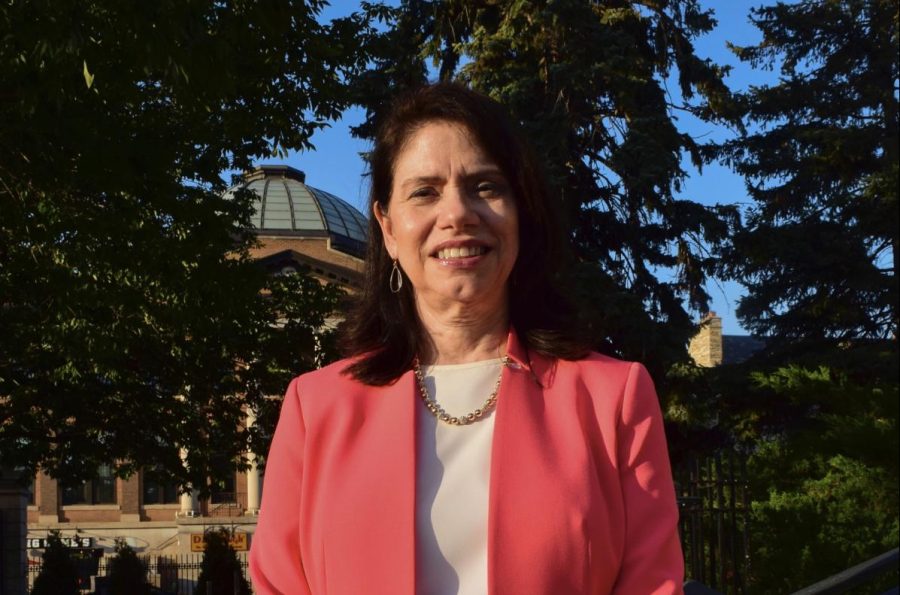A new University of Minnesota study found that snowy winter environments can both benefit and harm older adults.
While the study identified many predictable dangers in winter landscapes like navigating icy sidewalks, it also found that many older adults benefit from their peace and beauty.
The study defines these winter landscapes as “white spaces.” Like “green spaces,” such as vegetated parks and gardens, they are therapeutic landscapes, the study says.
While wintery environments can pose physical threats of slipping and falling, some senior citizens discussed their strategies to survive and thrive in winter with pride and eagerness, said lead researcher Jessica Finlay. These conditions make many people afraid, however, which can lead to social isolation.
“Check in with any older family members and with their neighbors throughout the winter,” Finlay said. “I think, aside from the holidays, it can be a lonely and isolating time of year.”
Many participants also spoke to the peacefulness of watching snow fall and the bright sunshine reflecting off the snow as well as the fun of favorite winter activities such as skiing, she said.
Some participants bonded over winter conditions. Snow removal assistance provided by neighbors created the opportunity for socialization, and they often talked about the difficulties of the harsh winter with family, Finlay said.
John Mallo, a study participant who lives in Eden Prairie, said it’s hard to navigate winter as an older adult. He thinks aging adults in Minneapolis face greater challenges because snow removal is less efficient in the city.
Eden Prairie Senior Center Supervisor Sue Bohnsack said employees are careful to keep the sidewalks and parking lot of the center clear to make sure seniors don’t feel nervous crossing the parking lot. Employees also provide rides to Eden Prairie residents so they can keep participating in programming, she said.
Christina Kendrick, a community engagement specialist for the city of Minneapolis, said the city has yet to find a magic bullet to resolve the physical dangers that aging populations face in the winter.
As part of the Minneapolis Advisory Committee on Aging, Kendrick has been working to create the Minneapolis for a Lifetime Strategic Plan to address senior citizen-specific issues based on recommendations from the World Health Organization and AARP.
The action plan calls for review of winter-weather solutions that other cities have implemented to determine what might be suitable for Minneapolis. However, nothing has been changed yet, she said.
Kendrick said allocating resources to neighborhood associations and nonprofits to aid snow removal for those who need it would be a low-cost solution.
Finlay said the study is meant to open discussion about white spaces. While many studies focus on the benefits of green spaces, wintery landscapes are less studied.
Research on therapeutic landscapes often oversimplifies the topic by solely considering their benefits, Finlay said. She hopes white spaces’ abilities to both help and harm revealed in her study will encourage researchers of green spaces to ask more questions about the negative aspects of those landscapes.






